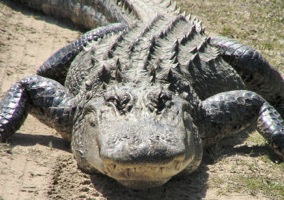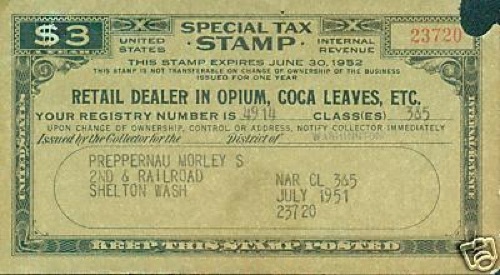Scientists: Big Quake Likely in Calif.
California faces an almost certain risk of being rocked by a strong earthquake by 2037, scientists said in the first statewide temblor forecast.
New calculations reveal there is a 99.7 percent chance a magnitude 6.7 quake or larger will strike in the next 30 years. The odds of such an event are higher in Southern California than Northern California, 97 percent versus 93 percent.
"It basically guarantees it's going to happen," said Ned Field, a geophysicist with the U.S. Geological Survey in Pasadena and lead author of the report.
The 1994 Northridge earthquake under Los Angeles' San Fernando Valley was magnitude 6.7. It killed 72 people, injured more than 9,000 and caused $25 billion in damage in the metropolitan area.
The damage created by an earthquake depends greatly on where it hits. A 7.1 quake - much stronger than Northridge - hit the Mojave Desert in 1999 but caused only a few injuries and no deaths.
California is one of the world's most seismically active regions. More than 300 faults crisscross the state, which sits atop two of Earth's major tectonic plates, the Pacific and North American plates. About 10,000 quakes each year rattle Southern California alone, although most of them are too small to be felt.
The analysis is the first comprehensive effort by the USGS, Southern California Earthquake Center and California Geological Survey to calculate earthquake probabilities for the entire state using newly available data. Previous quake probabilities focused on specific regions and used various methodologies that made it difficult to compare.
For example, a 2003 report found the San Francisco Bay Area faced a 62 percent chance of being struck by a magnitude 6.7 quake by 2032. The new study increased the likelihood slightly to 63 percent by 2037. For the Los Angeles Basin, the probability is higher at 67 percent. There is no past comparison for the Los Angeles area.
Scientists still cannot predict exactly where in the state such a quake will occur or when. But they say the analysis should be a wake-up call for residents to prepare for a natural disaster in earthquake country.
Knowing the likelihood of a strong earthquake is the first step in allowing scientists to draw up hazard maps that show the potential severity of ground shaking in an area. The information can also help with updating building codes and emergency plans and setting earthquake insurance rates.
"A big earthquake can happen tomorrow or it can happen 10 years from now," said Tom Jordan, director of the earthquake center, which is headquartered at the University of Southern California.
Researchers also calculated the statewide probabilities for larger temblors over the same time period. Among their findings: There is a 94 percent chance of a magnitude 7 shock or larger; a 46 percent chance of a magnitude 7.5 and a 4.5 percent chance of a magnitude 8.
The odds are higher that a magnitude 7.5 quake will hit Southern California than Northern California - 37 percent versus 15 percent.
Of all the faults in the state, the southern San Andreas, which runs from Parkfield in central California southeast to the Salton Sea, appears most primed to break, scientists found. There is a 59 percent chance in the next three decades that a Northridge-size quake will occur on the fault compared to 21 percent for the northern section.
The northern San Andreas produced the 1906 San Francisco earthquake, but the southernmost segment has not popped in more than three centuries.
Scientists are also concerned about the Hayward and San Jacinto faults, which have a 31 percent chance of producing a Northridge-size temblor in the next 30 years. The Hayward fault runs through densely populated cities in the San Francisco Bay Area. The San Jacinto fault bisects the fast-growing city of San Bernardino east of Los Angeles.
___
If you are interested in more information and studies about California and the 'Big One' check out the following links.
On the Net:
U.S. Geological Survey: http://www.usgs.gov
Southern California Earthquake Center: http://www.scec.org
California Geological Survey: http://www.conservation.ca.gov/cgs/

 Many of these critters live in "sort of nasty places" that are polluted, and gators probably eat all kinds of sick animals, comments Paul Klein, a reptile infectious disease specialist at the University of Florida College of Medicine in Gainesville. Fierce battles with prey and other gators can leave gaping flesh wounds—but the animals are fairly hardy. These peptides provide a first line of defense—important in the lower vertebrates, who have a slower antibody response than humans, says Klein.
Many of these critters live in "sort of nasty places" that are polluted, and gators probably eat all kinds of sick animals, comments Paul Klein, a reptile infectious disease specialist at the University of Florida College of Medicine in Gainesville. Fierce battles with prey and other gators can leave gaping flesh wounds—but the animals are fairly hardy. These peptides provide a first line of defense—important in the lower vertebrates, who have a slower antibody response than humans, says Klein.
